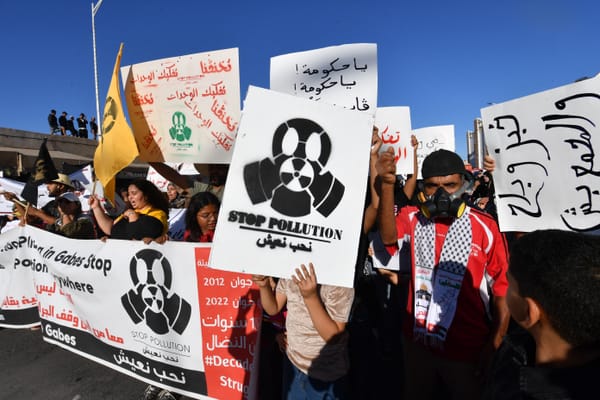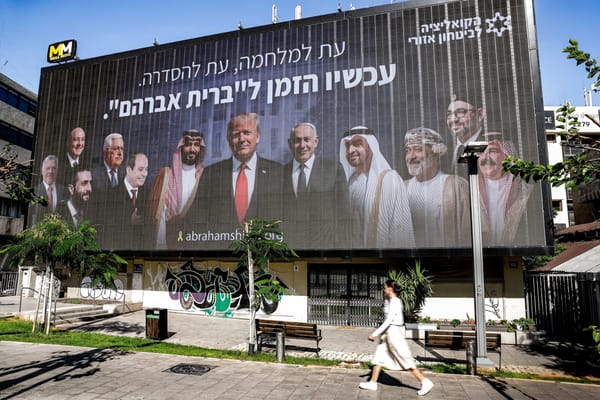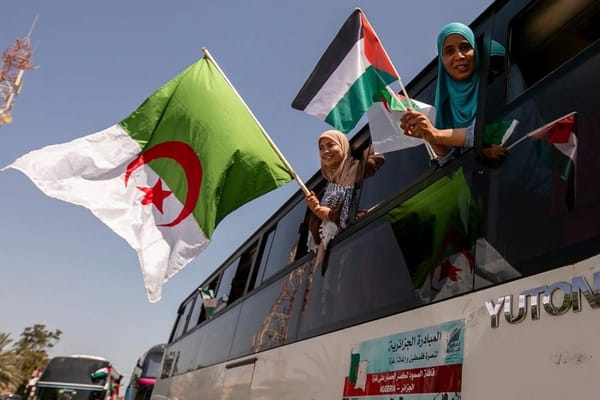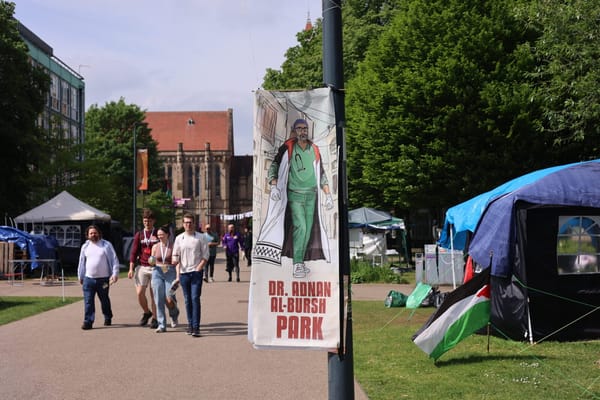Municipal Matters
Although the 1997 election of Mohammad Khatami as president of Iran is widely considered a political watershed, an intriguing question remains unanswered: Why did such a grassroots intervention not occur earlier? What had changed to unite Iran’s heterogeneous interests and constituencies at this par









